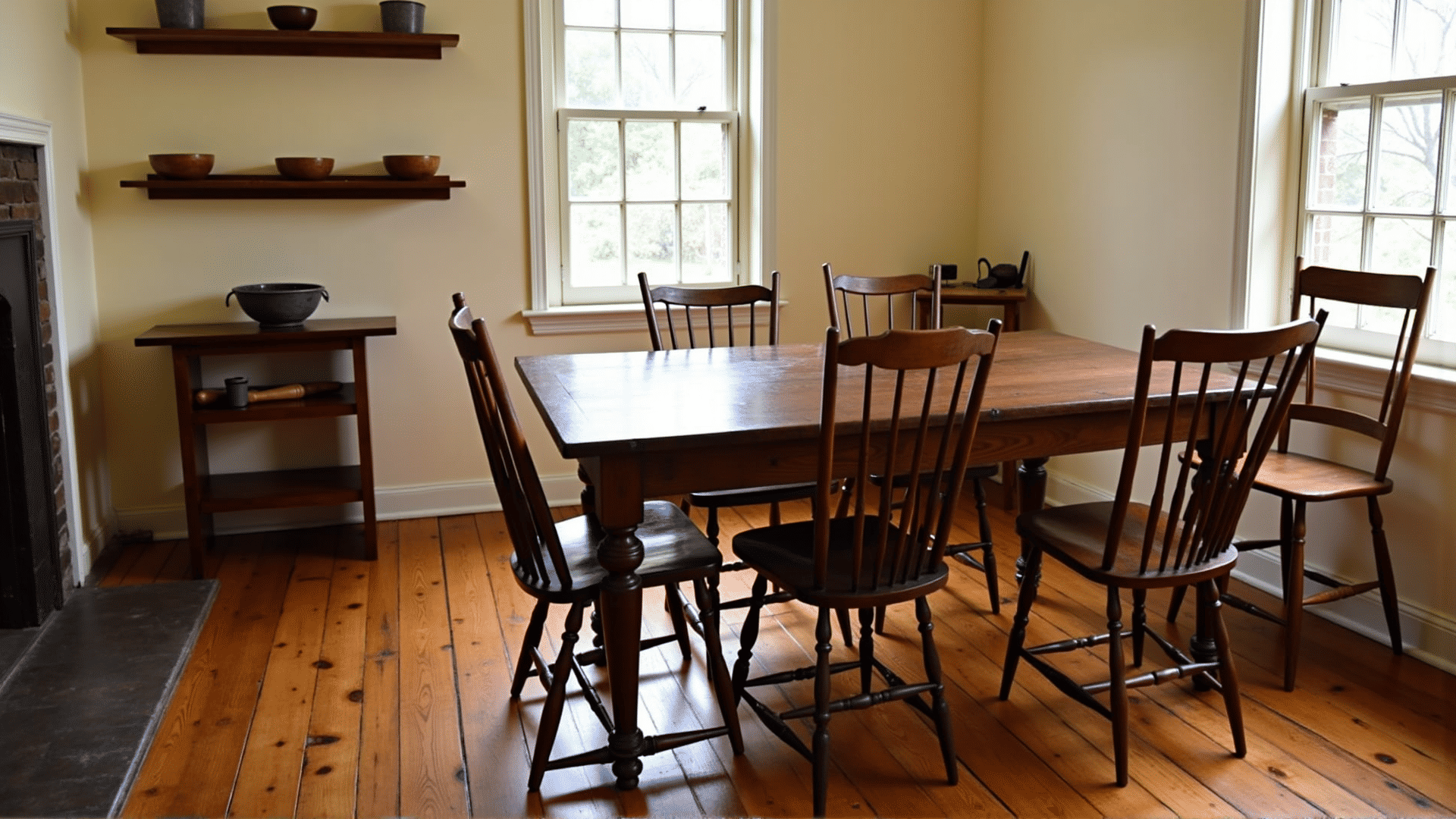The roots of early Colonial furniture in America can be traced back to European origins, reflecting a blend of practical design and simple elegance. As settlers arrived in the New World, they brought with them a tradition of craftsmanship that had been honed in their home countries. This launch into a new life required ingenuity and adaptation to available resources, leading to a distinctive style that bore the hallmarks of its European predecessors yet uniquely adapted to its new environment.
These pieces were primarily fashioned from locally sourced woods such as pine, oak, and maple, chosen for their durability and availability. The designs were straightforward, guided by necessity and the rudimentary tools at the settlers' disposal. The emphasis was on utility — every piece served a purpose. Tables, chairs, and storage solutions like chests and cupboards all needed to withstand the rigors of everyday use while utilizing minimalistic design principles.
Functionality was indeed a key component, but the settlers also strove to incorporate a touch of the familiar aesthetics they had left behind. While the furniture pieces were unadorned compared to the more elaborate European styles, the craftsmanship expressed a subtle intricacy. Simple carvings, turned legs, and subtle curves lent an understated elegance.
The construction techniques of the time, passed down through generations, prioritized the longevity of these pieces. Dovetail and mortise-and-tenon joints were commonly used, ensuring that the furniture remained sturdy and reliable even as the conditions of frontier life proved arduous.
In communal and residential spaces alike, these designs played a critical role in daily life. From gathering for meals at robust wooden tables to storing essential textiles and tools in capacious chests, each item was invaluable. Beyond mere objects of use, the furniture became a testament to the settlers' resilience and creative spirit in facing the challenges of their new world.
As we delve into the history of Colonial furniture, we gain insight into the early American experience. The pieces tell stories of migration, adaptation, and persistence, reflecting a period where simplicity and utility were not just preferences but necessities. This furniture not only served functional needs but also subtly bridged the gap between the old world and the new, maintaining a connection to heritage while embracing the realities of a burgeoning society.
